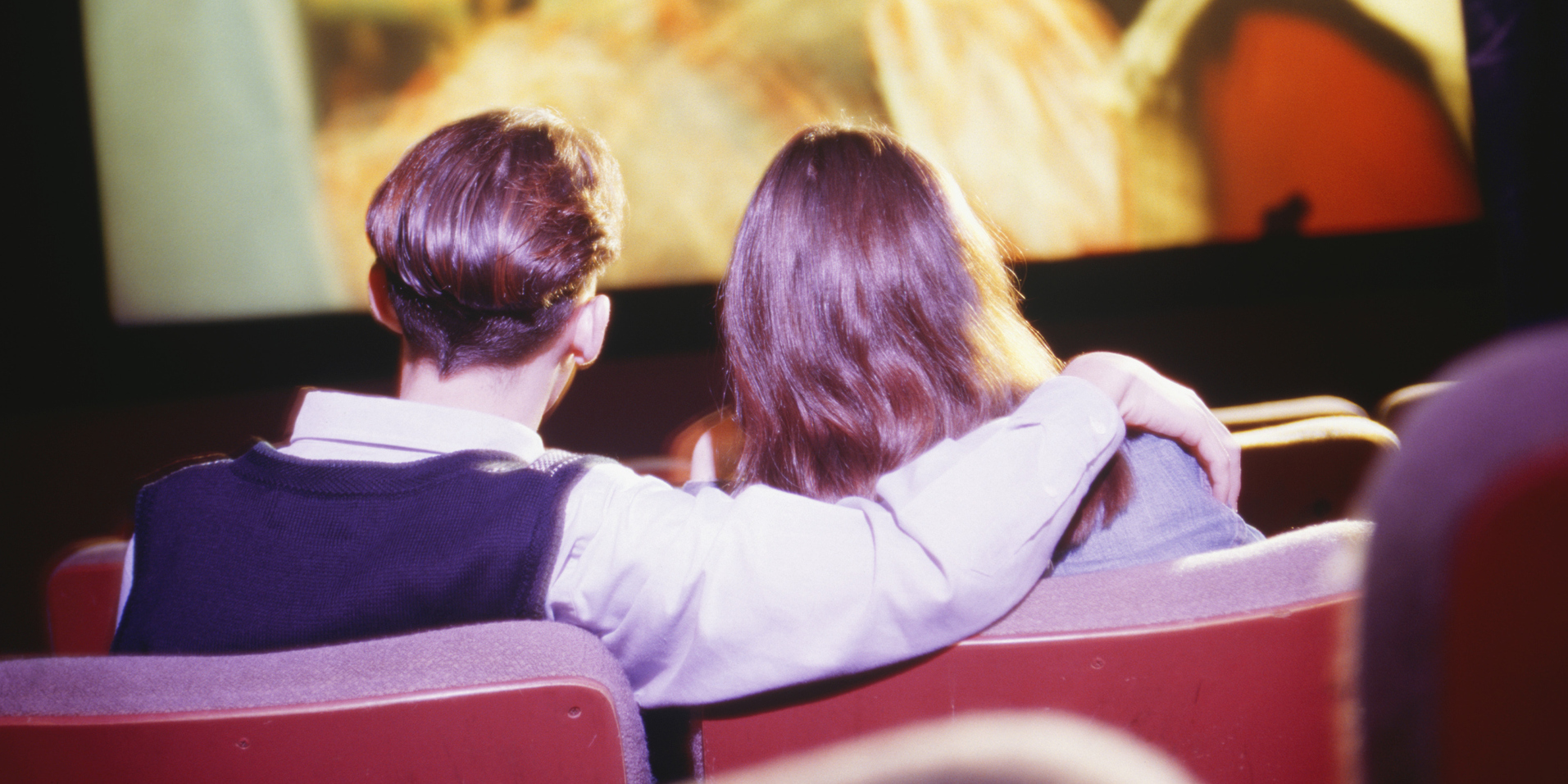


In response to the traditional medical model of disability, disability activists and scholars have offered a social model of disability, which relies on a relatively sharp distinction between impairment and disability. I mean having to spend a significant part of each day dealing with a physical world which is historically designed to exclude me and, even more tiring, dealing with other people’s preconceptions and misconceptions about me.” Like most disabled people I can deal with this. I don’t mean having an impairment, in my own case not being able to walk. As Lois Keith remarks, “Doing disability all day long can be an exhausting process. For many people with disabilities, the main disadvantage they experience does not stem directly from their bodies, but rather from their unwelcome reception in the world, in terms of how physical structures, institutional norms, and social attitudes exclude and/or denigrate them. Many memoirs and books now attest to this common experience (e.g., Encounters with Strangers, Waist-High in the World, Moving Violations, The Rejected Body ). People with disabilities often express frustration when they are met with pitying attitudes or incredulity if they speak about anything positive related to living with their conditions.

One result of the common medical understanding of disability is that people with disabilities often report feeling excluded, undervalued, pressured to fit a questionable norm, and/or treated as if they were globally incapacitated. Recognizing how their lives may be disabled-and what can be done about that-involves taking a closer look at what we mean by disability and its attendant disadvantages.Įffects of the medical model of disability But, as with many chronic conditions, many of them will not find a cure nor will they find complete relief for the symptoms they experience. No doubt, many individuals with musculoskeletal disorders present themselves in the clinic as people looking for a cure, a treatment, or help dealing with their condition. As disability scholar Liz Crow notes, this medical model of disability holds that “a person’s functional limitations (impairments) are the root cause of any disadvantages experienced and these disadvantages can therefore only be rectified by treatment or cure”. So construed, disability is primarily an individual’s medical problem in need of treatment.

As a consequence, that individual is thought to require treatment or care to fix the disability, to approximate normal functioning, or perhaps as a last measure, to help the individual adapt and learn to function despite the disability. A standard medical approach, indeed a common lay-person’s approach, to thinking about disability involves viewing it as a problem that exists in a person’s body.


 0 kommentar(er)
0 kommentar(er)
